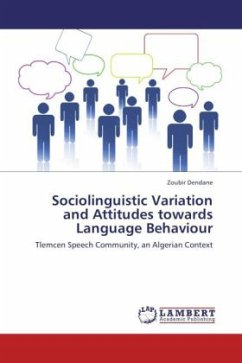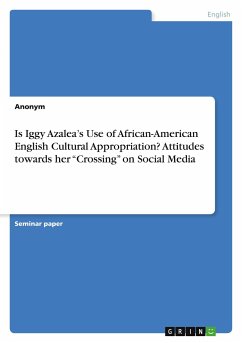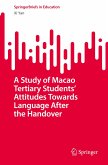This mixed-design study examined the attitudes of native and non-native speakers of General American English with respect to four different accents (Arab, Latino, Eastern European and South-East Asian). The results revealed that people's spontaneous reactions to accents tend to be more negative and biased than their rationalized reactions. It was also shown that people evaluated accents in view of a principle of Familiarity' which was observed with respect to linguistic closeness/distance between the first languages of the judges and of the stimulus providers, gender-based affinities to accents, personal experience in learning a second language, and ethnocentric identification with an accent. The familiarity principle could not however explain all patterns in this study and it was argued that other variables of socio-political nature may also influence people's attitudes to Non-Native accents. The implications of this research are not only pedagogical but also offer new insights to understanding accents from psycholinguistic and sociolinguistic perspectives.
Bitte wählen Sie Ihr Anliegen aus.
Rechnungen
Retourenschein anfordern
Bestellstatus
Storno








